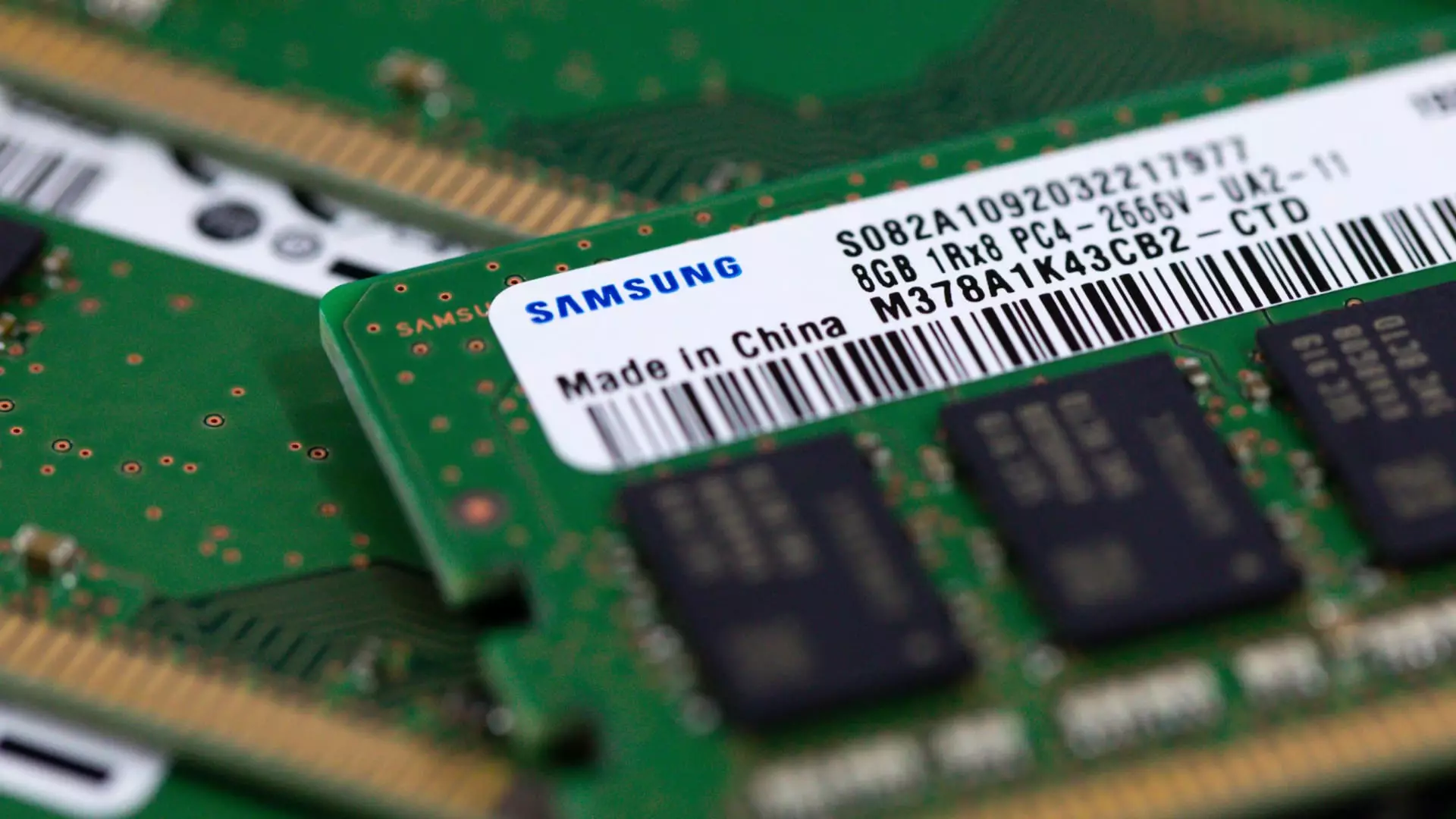The tech and chip-related stocks in Asia took a hit on Thursday following the release of U.S. chip darling Nvidia’s second-quarter results. This decline was part of a broader trend in the region’s key markets, with losses most noticeable in companies directly connected to the U.S. tech giant. South Korean chipmakers SK Hynix and Samsung Electronics were among the hardest hit by Nvidia’s performance. SK Hynix, which produces high bandwidth memory chips for Nvidia, experienced a significant drop in shares, falling as much as 6.74%. Similarly, Samsung Electronics, the highest weighted stock on South Korea’s Kospi index, saw its shares plummet by as much as 3.8%.
Other companies with direct ties to Nvidia, such as Taiwan Semiconductor Manufacturing Company and Hon Hai Precision Industry (Foxconn), also saw losses following Nvidia’s earnings report. Taiwan Semiconductor Manufacturing Company and Foxconn witnessed declines of up to 2.8% and 2.96%, respectively. The impact was not limited to South Korea, as Japanese semiconductor-related stocks like Renesas, Advantest, and Tokyo Electron fell by as much as 3.2%, 3.6%, and 3.49%, respectively. Even Chinese chipmakers listed in Hong Kong were affected, despite not being directly linked to Nvidia. SMIC, partially state-owned, experienced a 1.4% loss, while Hua Hong Semiconductor fell by 1.66%.
Although Nvidia beat analysts’ expectations for quarterly revenue and earnings per share, the market reacted negatively. The decline in shares was driven by concerns that the company might not sustain the explosive growth seen in previous quarters. Luke Rahbari, CEO of Equity Armor Investments, noted the market sentiment by stating, “For so many quarters, Nvidia had blown out expectations of analysts … People [are] maybe thinking the runaway train is slowing down a little bit.” Despite this, Rahbari expressed confidence in Nvidia’s dominant position in the industry. Nvidia’s gross margin slipped to 75.1% from 78.4% in the prior period, with an annual forecast below analysts’ estimates.
Mark Lushcini, chief investment strategist at Janney Montgomery Scott, described the decline in Nvidia’s shares as a “rounding error” given the company’s significant rise throughout the year. He acknowledged the company’s fast growth but also highlighted a slowing pace over the past four quarters. Even with the decline in shares, Nvidia’s year-to-date performance showed a remarkable 150% increase, reflecting the market’s recognition of the company’s potential.
Nvidia’s second-quarter results had a profound impact on tech and chip-related stocks in Asia. While the market responded negatively to the report, industry experts remain optimistic about Nvidia’s future prospects. The company’s dominant position in the industry, coupled with its strong performance in previous quarters, provides a solid foundation for potential growth and innovation. Investors will continue to monitor Nvidia’s developments closely as it navigates through challenges and opportunities in the ever-evolving tech landscape.

